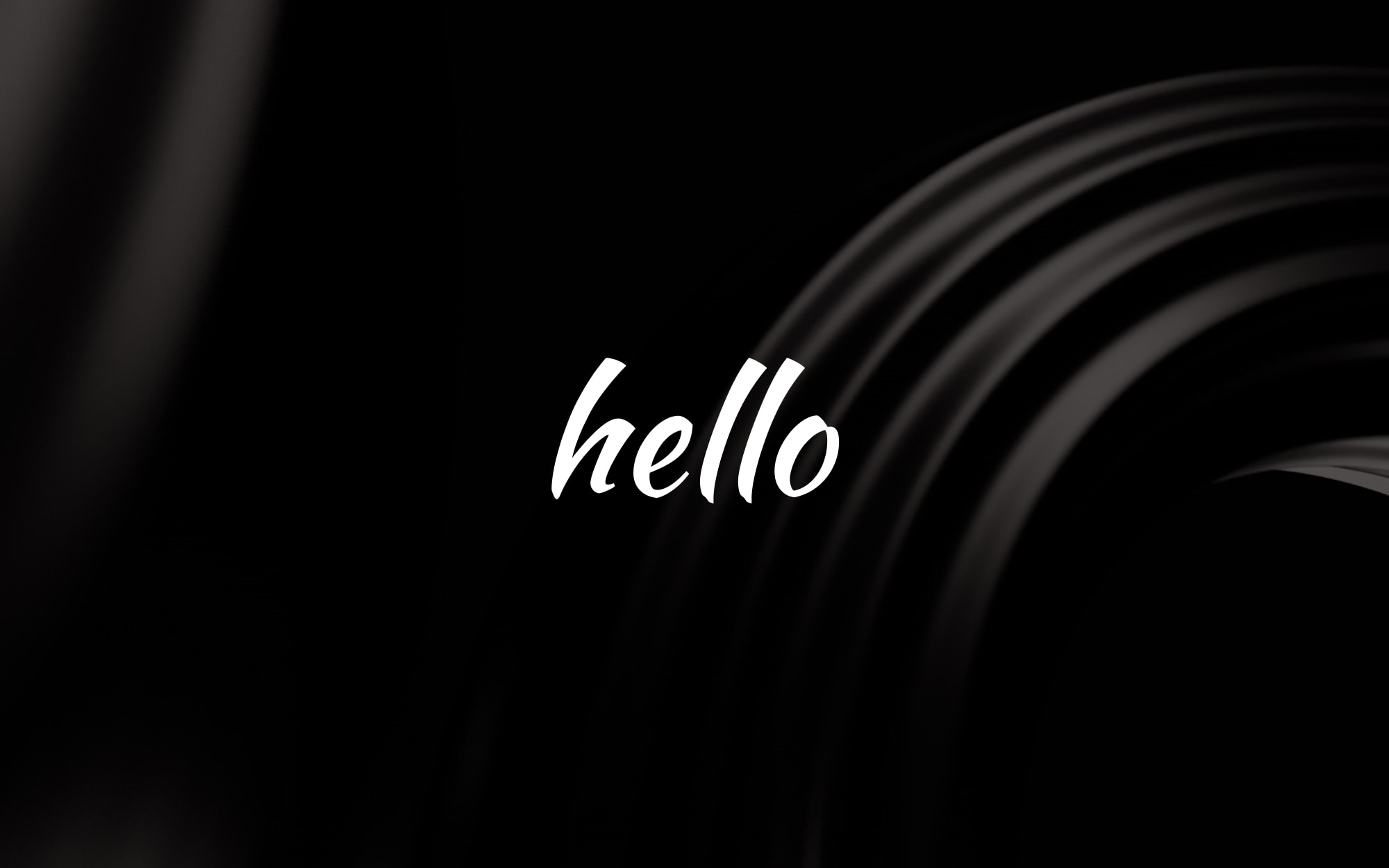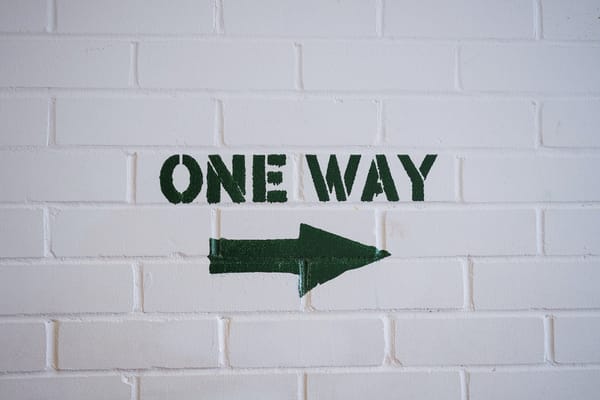Labels are handles on reality
It’s my job to label people—not how I like to think about it, but I can’t deny people see it that way. So how do we label better?

But handles aren’t doors.
It’s my job to label people.
That’s not how I like to think about it, but that’s how patients sometimes see the diagnoses doctors give them: like we’ve slapped a sticker on them that says, “Dangerous! Don’t touch!” And I get that. There’s been great progress in the public perception of mental illness, but there’s still a lot of negativity compared to physical health problems. Depression still gets taken less seriously than diabetes. And it’s worse with a diagnosis like schizophrenia, which people sometimes react to like they've been cursed.
Not everyone experiences a diagnosis so negatively, though, even in psychiatry. For some, a diagnosis is liberating: the realisation that a combination of symptoms that felt random and disconnected and strange actually has a name, is actually known, and there’s something that can be done about it. For people like that, the diagnosis is still a label, but in this case, it’s a label for something they were afraid didn’t have one.
Labels are not the issue. The issue is us, and how we use labels.
Which brings us to Procrustes and his bed.
A gruesome Greek legend
You may have heard of him, but just in case you haven’t, here’s the lowdown. Procrustes was a figure of Greek legend who had an inn on the way out of the city of Athens. He would invite passers-by to spend the night in a bed that he promised them would be a perfect fit. Those who took him up at his offer would find themselves waking up in the middle of the night to find Procrustes at the end of the bed. If they were shorter than the bed, he would be stretching them to fit, and if they were taller, he would be amputating their legs to size. And here’s the kicker: nobody ever fit the bed exactly.
It’s a gruesome story, but like many myths, it speaks to a sober truth: the unfortunate human tendency to fit people to things, rather than things to people.
You’ve probably thought by now of a few examples from your experience. The thing to remember, though, is that the problem in the story of Procrustes isn’t the bed—it’s Procrustes himself.
But not everyone thinks that.
To label or not to label?
You might have noticed that one way people respond to Procrustean situations is to focus on the beds.
At one extreme, there are those who actually argue that mental health diagnoses are bad and should be discouraged. Fortunately, that’s a minority view—imagine all the people who actually find diagnoses liberating who would lose out. But we must remember that extremes of a problem can sometimes distract us from its more insidious forms. An example of such an insidious form is the way people sometimes deal with sensitive subjects like mental disorder by simply not acknowledging it.
The danger with that, though, is that losing our ability to talk about things doesn’t stop us thinking about them. It does, however, mean that we will think about them less clearly. And worse, it means that when people act based on labels they’re not even articulating, we can’t even talk about it, because they’re not conscious of the labels they’re working with. The things we don’t name don’t disappear, they simply continue to influence us from a deeper level, while being inaccessible to us.
That’s why a key aspect of therapy is simply naming things: because you have to name things to do anything meaningful with them.
In the Bible creation story, one of the first tasks given to the first man was to name the animals. And again that story highlights a key idea: that the act of naming things—of labelling—is key to what it means to be human.
If that’s true, though, it’s no surprise that the act of naming carries both great potential and great risk.
You know what else carries both great potential and risk?
Fire.
Labels as fire—and other labels…
Heads up, we’re going to look at several metaphors here.
Let’s begin with fire.
Fire is one of humanity’s greatest hacks. Through fire, we’ve been able through history to increase our sources of food, to keep ourselves warm, to manipulate even metal. Fire is so important that another Greek myth depicts it as something stolen from the gods. And yet fire is dangerous, a force that can damage individual people, and if it really gets going, even destroy whole communities and cities. And yet, we don’t eliminate it. We learn to manipulate it, to work safely with it and continue to use it even now when electrical heat is so much more widely available.
Fire is powerful, but it’s how we use that power—or let it act—that’s good or bad.
Same with labels and naming things.
How then do we contain labels like we do fire? Time to switch metaphors. Because there’s a bunch of, well, labels, that we can use to think about labels.
- Labels are like boxes. They’re containers for putting things in. The problem then isn’t using a box, it’s misusing them. Just as you box things when you move houses, you also store information daily in mental boxes, but the box doesn’t define the contents, it’s just a container to make it easier to find stuff: you would rather not search every box when you need the power drill you got for your birthday. Occasionally, you put stuff in the wrong box—you’re human, that happens. But you don’t insist that because the drill ended up with the kitchen stuff, it has to be used in the kitchen. At that point, the box has become a cage.
- Labels are like maps. They’re a way to find our way around things. You’ve probably heard the expression, “the map is not the territory.” It’s true, but you do need a map if you intend on not getting lost in the territory. And as I’ve written elsewhere, the value of maps lies entirely in their having less detail than actually exists: by cutting out a lot of what is actually there, a map makes it easier to focus on the paths. Similarly, the often-highlighted critique of labels, that they don’t say everything about a person, is actually the point. A diagnosis provides a quick shortcut to broadly understanding the path forward for a patient, and labels for people allow a broad sense of how to relate to them. It’s what allows us to interact with people without having to be intimate with every single person every time. That said, for those we want to connect deeply with, you’re going to have to go beyond the map.
- Labels are like handles. A handle opens a door, but it’s not the door. Similarly, labels offer a way into people’s hearts and lives, as long as we remember that they are only handles, and not the rooms themselves, or even the door. And the thing with a handle is you want to use it carefully: pull too hard, and you might break it and find yourself stuck on the wrong side of the door. But pulling too lightly wouldn’t do either: you have to pull enough to actually open the door and go in. Most of all, though, before pulling at any handles, it matters whether you’ve been invited in—you certainly don’t want to be forcing your way.
Which brings us back to Procrustes. If a bed doesn’t fit, there’s something to be said for making the best of it. A poorly fitting bed is probably better than none, and those who need a bed might be happy to make do with it pending a better fitting one. But it simply wouldn’t do to insist the bed is perfect and the person who must be made to fit. And here, Procrustes’ fate offers a final lesson: he ended up lying on his bed when the hero Theseus “fitted” him as he had so many before.
If beds—or labels—don’t fit, it’s probably worth having another look at not beds in general, but the bed in question.
Image courtesy Olga Safronova



